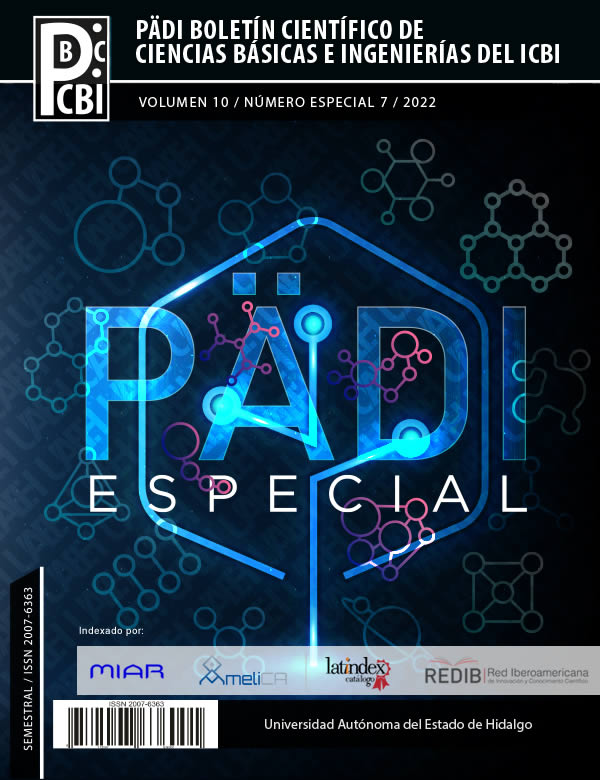Thermal and structural behavior of mortar with sawdust
Abstract
In this work, the thermal and structural impact generated by the presence of sawdust was studied when it is used as a substitute for part of the volume of the fine aggregate of the mortar mixture to define the maximum amount of this organic fiber that can be integrated into the mixture, mixing of the material before the final product no longer exhibits acceptable structural strength. To achieve this, the compressive strength and thermal conduction coefficient of three experimental mortars made with sawdust aggregate were determined and compared with the data of a control mix without the presence of sawdust. In this way, it was concluded that the maximum amount of sawdust that should be integrated into a mortar is 25%, since this material presented a 26% reduction in its coefficient of thermal conductivity and acceptable resistance compared to thar of other concretes lightweight that are currently used as architectural finishes.
Downloads
References
Beraldo, A., & Balzam, H. (09 de Octubre de 2009). Compuestos no- estructurales de cementos comerciales y aserrín de maderas Argentinas. Maderas, Ciencía y Tecnología, 11(3), 233-250.
CEMEX. (05 de Octubre de 2019). Concreto Ligero: para disminuir peso en la obra. Obtenido de industriales.cemexmexico.com: https://industriales.cemexmexico.com/articulos-de-interes/-/articulo/concreto-ligero--para-disminuir-peso-en-la-obra
Cervantes Avarca, A. (2009). Nuevas tecnologias en concretos, concreto celular- concreto reforzado con fibra- concreto ligero estructural. Memorias 2008 Congreso Nacional de Administración y tecnología para la arquitectura, ingeniería y diseño (págs. 141-162). UAM-AZC. Obtenido de https://administracionytecnologiaparaeldiseno.azc.uam.mx/publicaciones/memorias_cong2008/10.pdf
Garces Riffo. (2004). Hormigón con aserrín. Tesis para obtener el titulo de ingeniero constructor, Universidad Austral de Chile, Facultad de Ciencias de la Ingeniería , Valdivia, Chile.
GCC. (Abril de 2020). Mortero Ligero. Obtenido de Gcc.com: https://www.gcc.com/es/producto/mortero-ligero/
IMCYC. (15 de Febrero de 2010). Concretos ligeros. Obtenido de Imcyc.com: http://www.imcyc.com/ct2009/jul09/tecnologia.htm#:~:text=Propiedades%20de%20los%20concretos%20con,40%20Mpa%2C%20e%20incluso%20mayores.
IMCYC. (Julio de 2011). El concreto en la obra. Problemas, causas y soluciones. Ciudad de México: Instituto Mexicano del Cemento y del Concreto. Obtenido de Propiedades del concreto: http://www.imcyc.com/cyt/julio04/CONCEPTOS.pdf
Instituto Mexicano del Cemento y el Concreto. (2006). Pruebas de concreto. En IMCYC, Conceptos Básicos del Concreto (págs. 18-21). Ciudad de México: Instituto Mexicano del Cemento y el Concreto.
Javier Silva, O. (2017). 360enconcreto.com. Obtenido de Propiedades y aplicaciones del concreto celular: https://www.360enconcreto.com/blog/detalle/category/innovacion-y-tendencias/propiedades-aplicaciones-del-concreto-celular
Martínez, V., & Lira, L. (2004). Caracterización de un aparato de placa caliente con guarda en desarrollo en el CENAM, para determinar la conductividad térmica de materiales sólidos aislantes. Simposio de Metrología, (págs. 1-5).
Quintero Ortiz, L. A., Cruz Hernández, R. A., & Peña Santos, D. Y. (octubre-diciembre de 2014). Efecto del contenido de agua sobre la resistencia y la velocidad de pulso ultrasónico del concreto. (U. D. Caldas, Ed.) Tecnura, 18(42), 103-113.
Rivera L., G. A. (2009). Resistencia del concreto. En G. A. Rivera L., Concreto simple (págs. 121-151). Cauca: Facultad de ingenieria civil de la Universidad de Cauca.
SCT. (2002). CMT. Características de los Materiales. En S. d. Transporte, CMT. Características de los Materiales. Ciudad de México: Secretaría de Comunicaciones y Transportes. Obtenido de https://normas.imt.mx/normativa/N-CMT-2-01-004-02.pdf
Secretaría de Comunicaciones y Transportes (SCT). (2017). CMT. Características de los Materiales. En S. d. Transporte, CMT. Características de los Materiales. Ciudad de México: Secretaría de Comunicaciones y Transportes.
SEMARNAT. (16 de Julio de 2003). compendio de estadisticas ambientales 2002. Obtenido de paot.org.mx: https://paot.org.mx/centro/ine-semarnat/informe02/estadisticas_2000/informe_2000/07_Aprovechamiento/7.1_Recursos/index.htm













